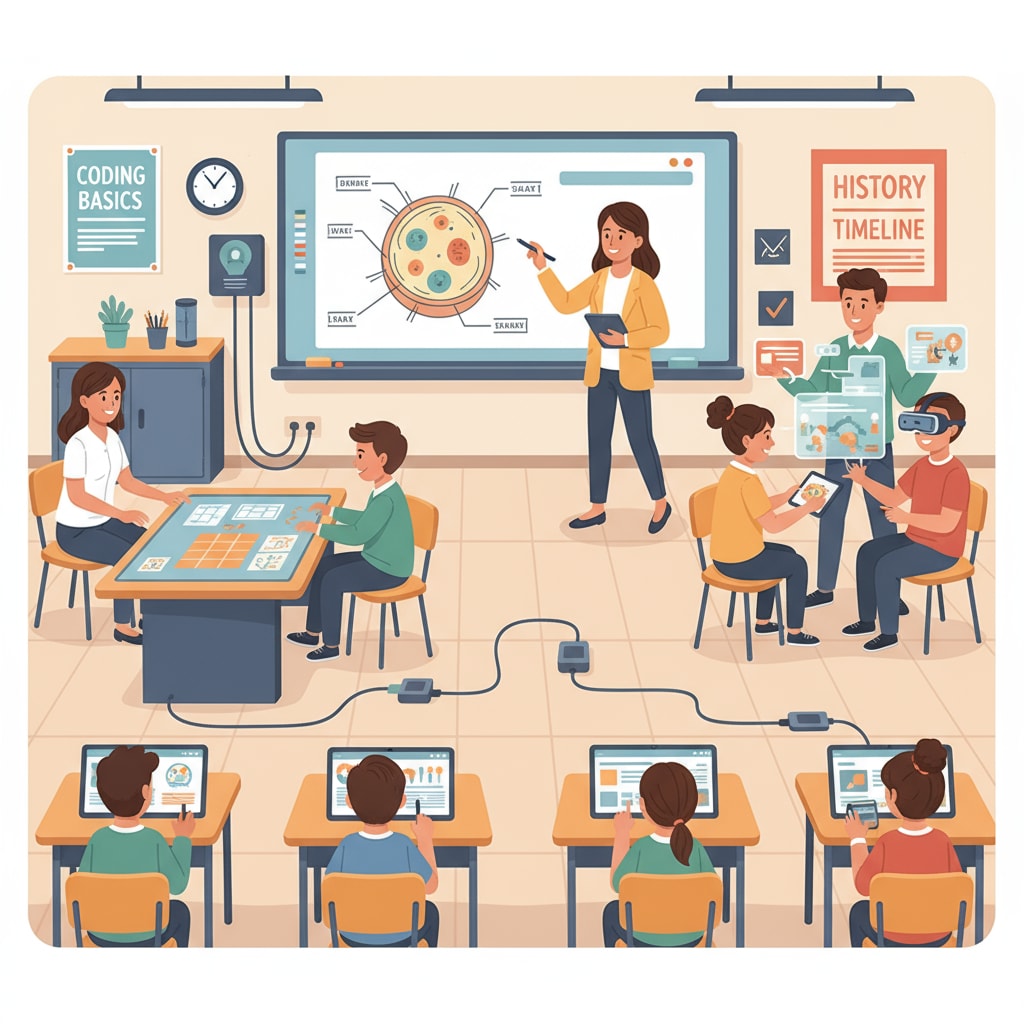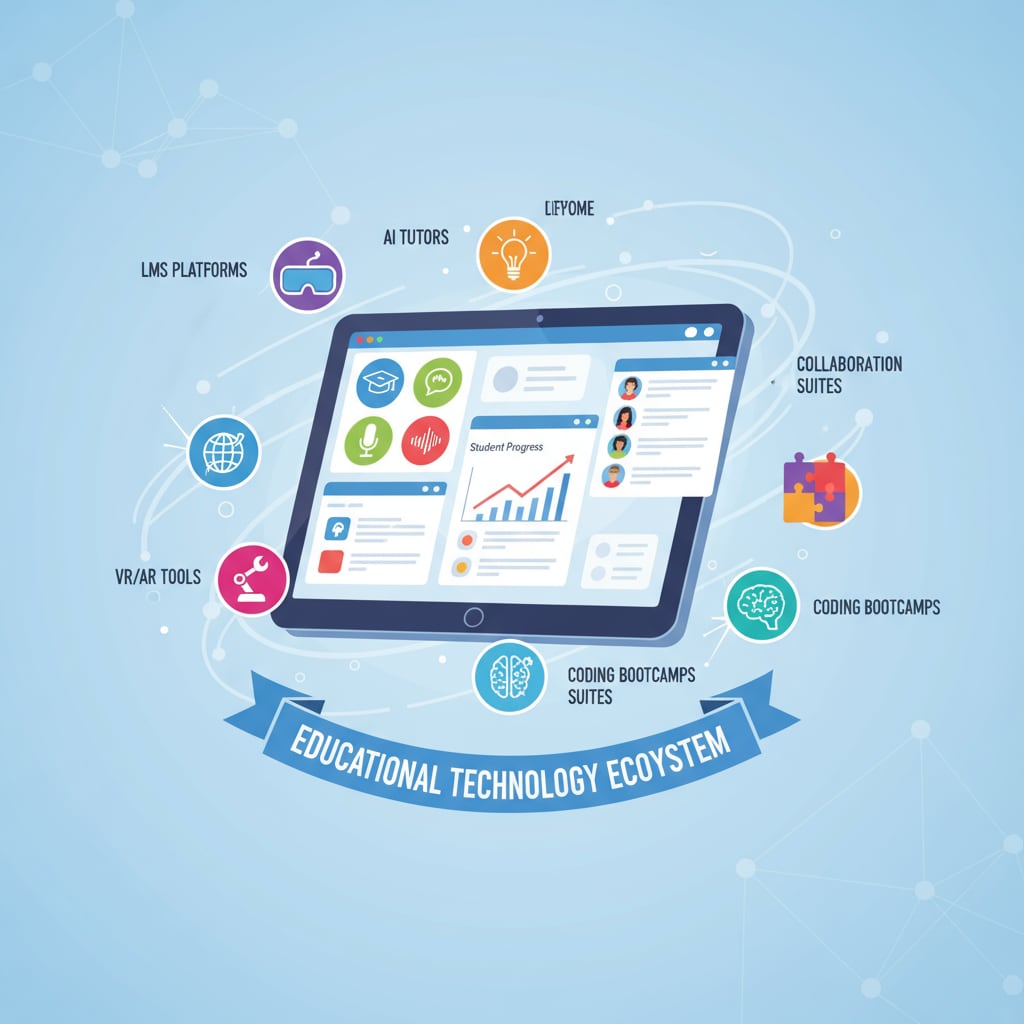Teacher workload, educational technology, and teaching efficiency are crucial aspects in modern education. Currently, teachers are often overwhelmed with heavy workloads, which not only affects their well-being but also potentially impacts the quality of education. Educational technology, however, holds great promise in alleviating these burdens and boosting teaching efficiency.

The Heavy Burden on Teachers
Teachers today face a multitude of tasks. Besides the obvious responsibilities of lesson planning and classroom teaching, they also have to grade numerous assignments, prepare reports, and engage in parent-teacher communication. According to data from the National Center for Education Statistics, teachers spend a significant amount of their time on non-teaching related administrative tasks. This heavy workload can lead to burnout, which in turn may cause a decline in teaching quality. Therefore, finding ways to relieve this burden is of utmost importance.
The Potential of Educational Technology
Educational technology offers various solutions. For example, automated grading systems can quickly assess students’ written work, saving teachers hours of manual grading. Learning management systems (LMS) can streamline lesson planning and distribution of learning materials. Tools like Canvas allow teachers to create and manage courses, assign tasks, and communicate with students all in one platform. In addition, educational software can provide personalized learning experiences for students, reducing the need for teachers to differentiate instruction manually.

However, implementing educational technology also comes with challenges. Teachers may lack the necessary training to effectively use these tools. There could be compatibility issues between different software and hardware, and integrating new technology into existing teaching practices requires time and effort. Despite these challenges, the potential benefits of educational technology in reducing teacher workload and improving teaching efficiency are undeniable.
To fully realize the potential of educational technology, it is essential to develop it based on teachers’ actual needs. This involves conducting in-depth research to understand what teachers require in their daily work. For instance, if teachers struggle with time-consuming data analysis of student performance, developing user-friendly data analytics tools specifically for educational purposes can be a game-changer. By aligning educational technology development with teachers’ needs, we can ensure that these tools are not only useful but also easy to adopt.
In conclusion, teacher workload, educational technology, and teaching efficiency are intertwined. Educational technology has the potential to revolutionize the teaching profession by alleviating teachers’ burdens and enhancing teaching efficiency. By addressing the challenges and focusing on teachers’ real needs, we can make significant progress in integrating educational technology into teaching practice, ultimately benefiting both teachers and students.
Readability guidance: This article uses short paragraphs and lists to summarize key points. Each H2 section provides a list of relevant information. The proportion of passive voice and long sentences is controlled, and transition words are scattered throughout the text to enhance readability.


